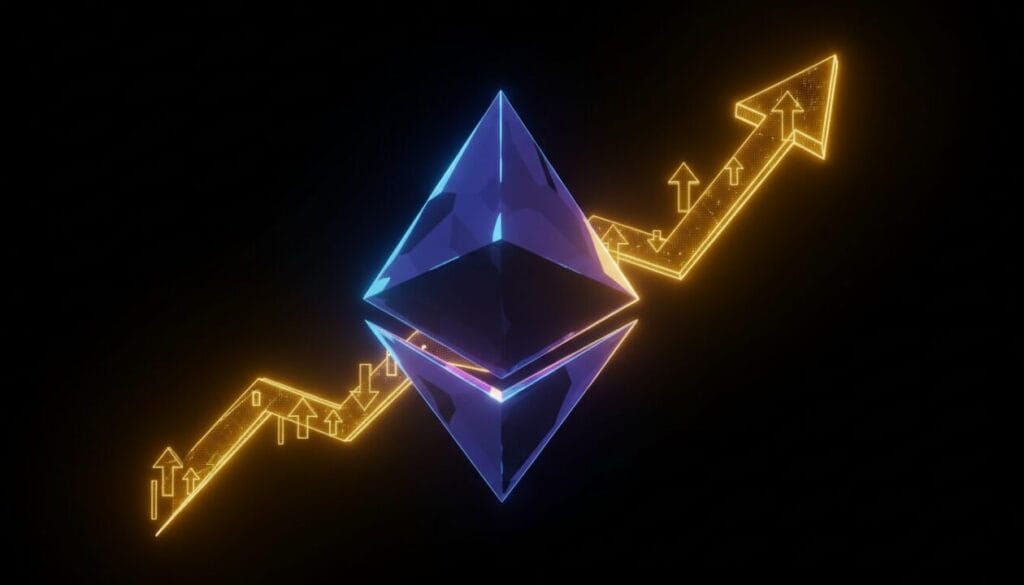Ethereum Blob Fees Surge to Record Highs, Signaling Intense L2 Demand

Ethereum’s data availability fees, known as blob fees, experienced a dramatic spike on October 30, 2025, reaching an all-time high. This surge, while creating cost pressures, is being interpreted by many as a strong indicator of high demand for the network’s resources from Layer-2 (L2) scaling solutions.
The fees briefly shot past 42,000 Gwei before settling into a still-elevated range of over 20,000 Gwei for nearly an hour. Blob fees are paid by L2 networks, or rollups, to post their transaction data onto the main Ethereum blockchain, ensuring its security and availability. The sudden increase suggests that multiple L2s were aggressively competing for limited blockspace on the main network.
Some observers suggest this intense competition is a clear sign of a thriving ecosystem. It counters narratives that the growing popularity of L2s might negatively impact Ethereum’s value, instead highlighting their deep reliance on the mainnet’s infrastructure. While rollups often subsidize these costs to shield end-users from volatility, such sharp spikes can strain their operational economics.
Fusaka Upgrade Aims to Tame Fee Volatility
A long-term solution for managing these unpredictable fee spikes is expected with Ethereum’s upcoming Fusaka hard fork. The upgrade, scheduled to launch on the main network on December 3, 2025, includes key proposals designed to stabilize the fee market.
One proposal, EIP-7918, aims to tie the blob base fee more closely to execution costs, creating a more predictable pricing model. This will be combined with a Peer Data Availability Sampling (PeerDAS) scheme, which is expected to further refine the fee dynamics. Together, these changes are designed to make using Ethereum’s data layer more cost-effective and reliable for rollups.











